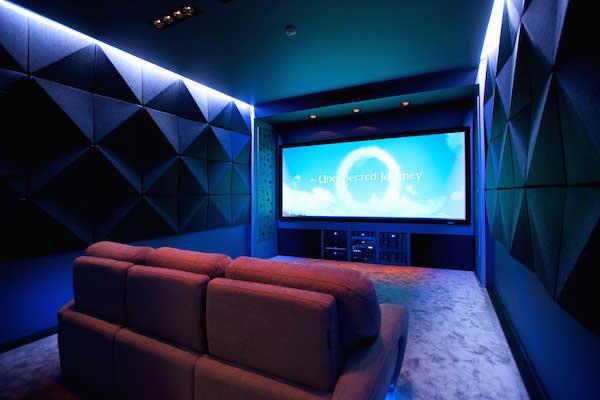I have a 100" SI Slate 0.8 screen, which is ALR, paired with a Sony HW-VPL45ES and while 3D is a tad dim it's never been something that has bothered me at all while watching a 3D blu-ray. Given how much brighter the Epson is compared to the Sony, I would think that the Slate 0.8 or even the Slate 1.2 would be a good match. Both also now come in AT models too, if that's something you need. My room is reasonably light controlled, but not blacked out. If yours is blacked out, then you may not need as much gain from the screen as you're thinking.
Consider that the brightness of projectors is so much greater than it was just a few years ago. The JVC that was tested with the Da-Lite model you're questing for only put out approximately 16 ftL compared to 22.6 ftL from my Sony in reference mode (low lamp) and brightness is bumped up automatically in 3D.
All this is to basically say that the older projectors needed a screen with a crazy high gain because of how dim the projectors were back then. With the Epson you've picked out, you should be able to get very watchable 3D from a screen with a much lower gain. I went with the 0.8 because I truthfully value black levels (a weakness of my projector) over an incredibly bright picture and figured that I could always increase brightness on a low gain screen, but could only decrease so far on a high gain screen. If lack of brightness is a serious concern for you, then the 1.2 gain screen could be the way to go.
Best of luck in your search for a screen! I'm a fellow 3D lover and wish you happy viewing!





































































